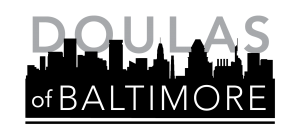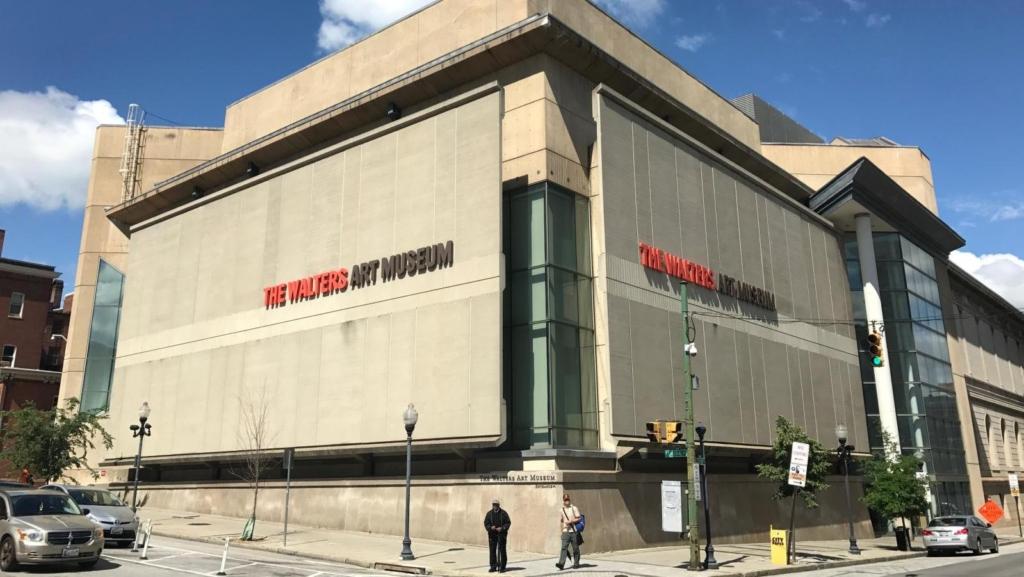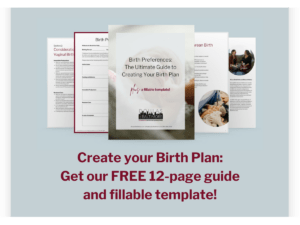For many Baltimore families, the arrival of summer in Maryland means tons of sun & fun!
However, adding a baby to your warm-weather adventures can seem overwhelming. Keeping up with naps and feeding, monitoring sun exposure, and all the extra ‘stuff’ you’re suddenly hauling everywhere can make exiting your home feel more like a chore and less like an enriching experience.
Never fear! Having a baby doesn’t mean you have to skip all the amazing things Baltimore has to offer this summer. You might even find out that watching your little one take in the world around them in new ways is the very best part of each outing. Check out our Summer in Baltimore Family Bucket List! And when you’re done then head over here for tips on how to get out of the house with a baby without hauling everything (and the kitchen sink).
Various dates
Baltimore is booming with festivals this summer! Whether you’re looking to enrich yourself in heritage and culture, check out the local flavors, or get some shopping in- there’s a festival for you. Come and enjoy the sights, then leave when baby has had enough. Baltimore Pride, Cherry Hill Art & Music, Baltimore Washington One Caribbean Carnival, and AFRAM are a few of our favorites!
Thursdays in July | 9:00 PM | Federal Hill Park
Going to see a movie is one thing new parents usually remove from their repertoire fairly quickly. Summer in Baltimore means outdoor movie nights, opening a world of possibilities to families! Flicks on the Hill is put on by the American Visionary Art Museum and is FREE to the public. Plan to arrive a little early and bring your own blanket. Movie choices range from the classics like Raiders of the Lost Ark to family favorites like The Princess and
the Frog, so there’s something for everyone! Plus visit the museum for free from 5-9pm!
Various
One of the biggest benefits of living in a city as diverse as Baltimore is the variety of museums available to us! When you’re ready to get inside out of the heat (or rain as it so often happens), visiting a museum is a great idea for all ages. Try wearing your baby in a carrier and leaving the stroller at home for this one – you’ll navigate the exhibits more easily and keep curious fingers safely away from anything not meant for exploring! Bonus: Most Baltimore area museums are free admission for the under-two crowd! Check out the Baltimore Museum of Art and grab brunch at Gertrude’s while you’re there, take a ride on a streetcar at the Baltimore Streetcar Museum, or enjoy drop-in art sessions at the Walters Art Museum.
All summer | 8:00 AM – Sunset | Gunpowder Falls State Park: Hammerman Area
One thing Marylanders do well is the beach! While our beloved OC is a favorite for many, the long drive and busy nature of this beach can make it a no-go for families with babies. Get your fix of sun & sand by visiting a state park this summer instead! Hammerman beach is a beautiful strip of sand on the Chesapeake.
You’ll have to leave Baltimore for this one, but the drive to this treasure off of Route 40 is under an hour. Easy parking and large bathroom/shower facilities are both located mere steps from the actual beach, making this an easy day trip even if you’re hauling a lot of beach necessities along. Grab a snowball at the snack bar or pack a picnic and eat in the (ample) shaded picnic areas. Early mornings and weekdays are often the least busiest times to visit this beach, but weekends feature a shop with paddleboards and kayaks for rent. Kids in car seats are always free admission!
No matter what you decide to do this season, get out and about in and around Baltimore and have fun! Getting into the habit of bringing baby along for activities sets you up for a lifetime of memory making. Little ones may not always remember the things we do at this age, but you’ll never regret the time spent together.
















